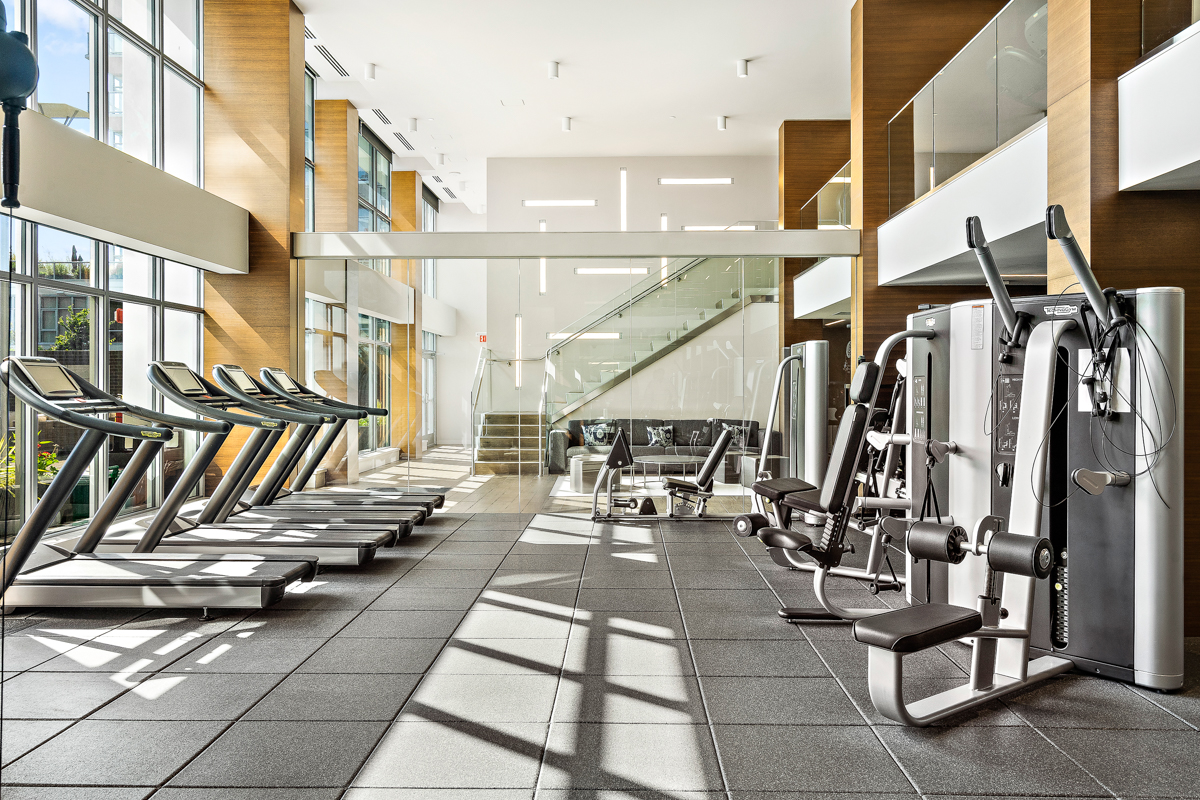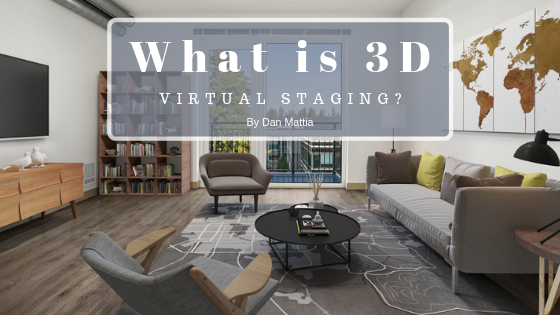The Difference in Dimensions: 3D, 4D, and 5D
All of us are familiar with the various dimensions of objects and places we experience and interact with on a daily basis. One-dimensional objects, for example, are made up of one measurement, similar to a line that connects point A to point B. Objects are two-dimensional when they can be described with two measurements, such as height and width.
You’re likely familiar with the concept of 3D, or three-dimensional, objects. But what about the differences between 3D, 4D, and 5D? Let’s take a look at them!
What is 3D?
3D stands for three-dimensional and is used to describe objects that can be measured on three planes. In comparison to flat 2D, 3D uses a third dimension of “depth.” This creates the illusion that the figures viewers are looking at — such as a person modeling some new fashion or a home staged for sale — are authentic and right there, just like in real life.
Consider Avatar, a film heralded for its extensive use of 3D cinematography. Moviegoers were (obviously) not present on the fictional planet of Pandora, but the 3D objects on-screen created a compelling suspension of disbelief. Flower petals drifting through the air toward viewers often elicited a genuine reaction as arms across the theater shot up to attempting swiping or grabbing them.
What is 4D?
In film and cinematography, 4D enhances the suspension of disbelief by incorporating physical elements. This often includes physical sensations such as movement, lighting, and temperature.
4D helps to transport viewers further into the realm of the subject matter they’re consuming. Some amusement park rides make use of these elements to further entertain audience members.
Imagine our Avatar example once more. Your seat shifting and shaking during an on-screen flight or battle scene would constitute use of 4D. Similarly, a light mist covering you while a character walks through the jungle would also be an example of 4D in film.
What is 5D?
5D builds upon 3D and 4D by using more of your senses. 5D tantalizes your senses of smell, touch, and taste.
Imagine following a character along through a forest and actually smelling the scent of the earth or fresh-fallen rain. While a scene including fire plays out on-screen, heaters in the theater may give off warmth to mimic the feel of actually being there.
5D combines 3D and the added sensations of 4D. Together, 5D helps you witness the scene that transpires before your eyes (and other senses), lending credence to the belief that you’re actually present.
What About VR?
With the advent of virtual reality devices like the Oculus Rift or HTC Vive, VR is making a bit of a comeback. But how does VR relate to 3D, 4D, and 5D?
Well, not all VR content is in 3D. While some images can certainly be experienced better through VR, the same exact shots can be seen through a 2D medium. These are often made up of 360 degrees of photos or video — or a panorama. It’s beautiful and immersive, but not entirely 3D.
The largest difference between 3D and virtual reality is interactivity. While there are varying degrees of just how interactive VR can get, it at least provides consumers control over the movement and direction of the camera. You may or may not be able to open a door, for instance, but you can certainly approach it — or choose to look at the ceiling above, for instance.
VR is not necessarily 3D, but it may make use of elements of 3D.
Which Dimension is the Best?
When photographing or filming, there’s no one clear answer to which dimension is the best to use. Each project is, of course, limited by budget and time constraints. On top of that, not all projects lend themselves to the added features of an extra dimension.
But understanding the differences between each dimension can benefit your work when the opportunity is available to you. Creating an immersive experience for your customers, clients, or consumers in general elicits stronger reactions and emotions — one of the biggest rewards of being a photographer, right?



